Software drives business value more and more every day and its quality does impact businesses.
Let’s Talk20-40%

of the technology estate contains technical debt
is critical to exit value

Assure a high exit

SIG helps to prioritize actions to be taken to maximize the efficiency of your software and its impact on your business value. Based on our data of 2,500 analyzed systems, we compare three scenarios (5 year time horizon) in terms of cost implication:



Who we help


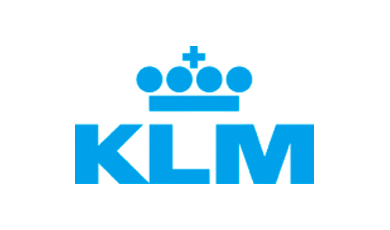
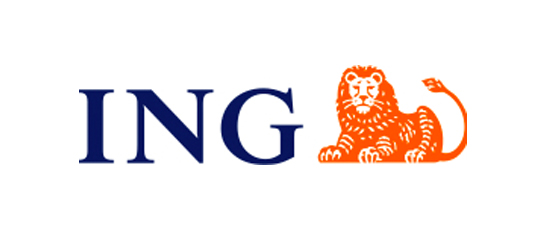


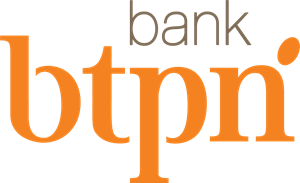
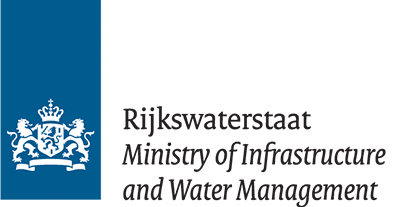

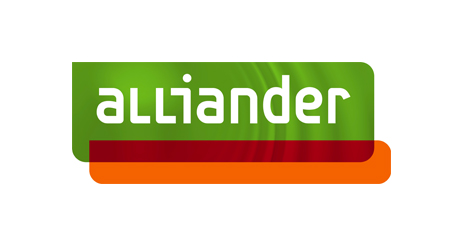
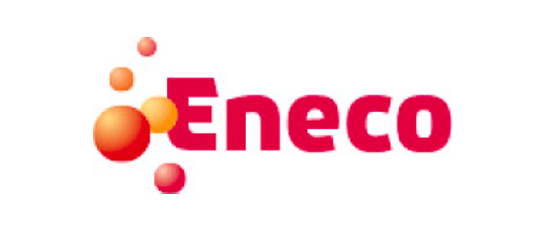

Notifications